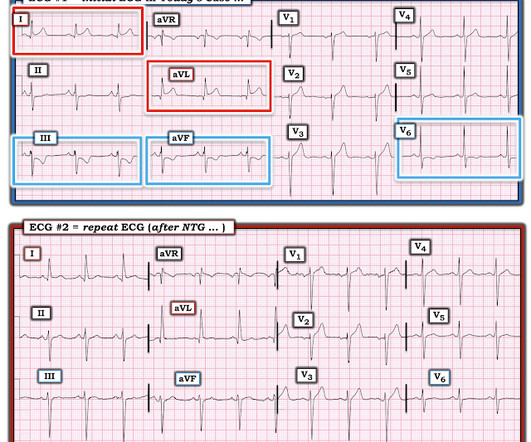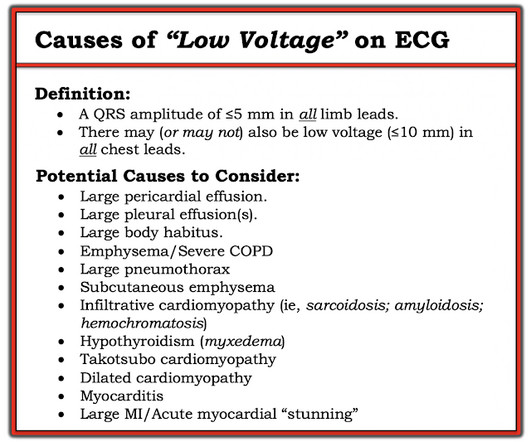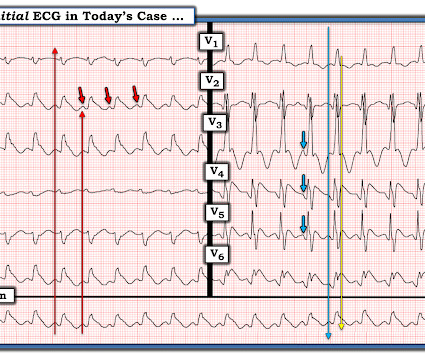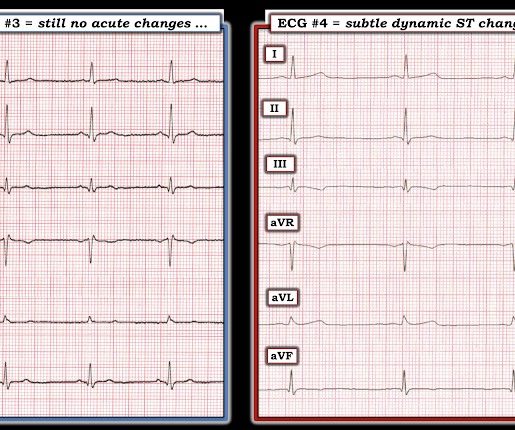Dynamic OMI ECG. Negative trops and negative angiogram does not rule out coronary ischemia or ACS.
Dr. Smith's ECG Blog
SEPTEMBER 18, 2024
By Smith, peer-reviewed by Interventional Cardiologist Emre Aslanger Submitted by anonymous A 53 y.o. Compensatory enlargement was defined as being present when the total coronary arterial cross-sectional area at the stenotic site was greater than that at the proximal nonstenotic site. The pain radiated to both shoulders.



















Let's personalize your content